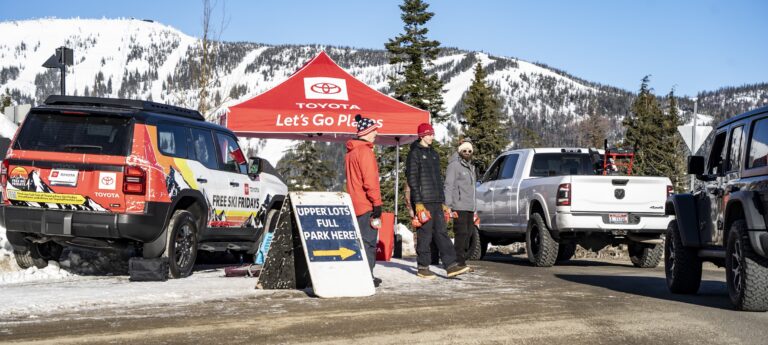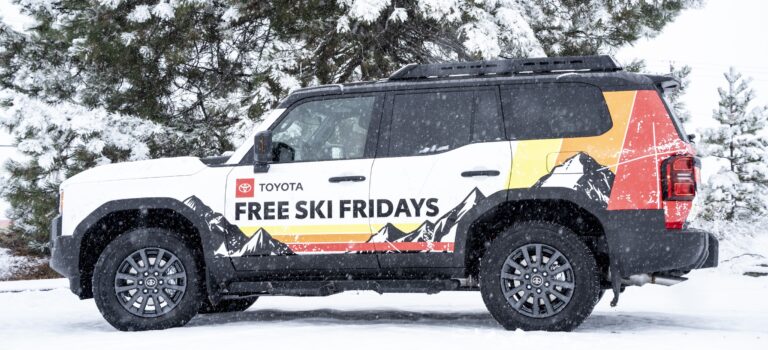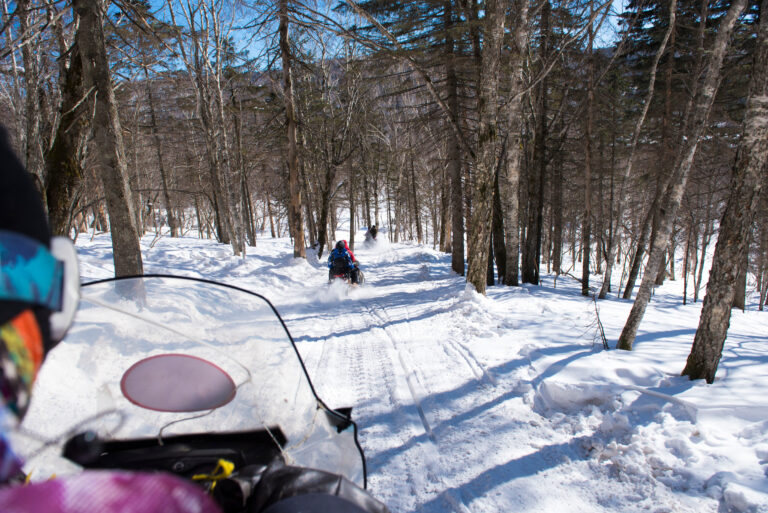One of the things I love about cycling in Spokane is the fact that we have four distinct seasons. Fall is a great transition season here: you get cool days and some mornings are downright cold. After the long, hot days of summer, I enjoy the bit of rain and the shorter, cool days. I love cozying up in many layers of thin wool and enjoying the crisp air on early morning rides.
Fall is also the time where I put fenders and lights back on all my bikes. In the summer, I have at least one fendered and lighted bike at the ready. But this time of year, I get all of my bikes nerded out so I can ride any time of day and in any weather.
For lights, I have evolved over the years to using generator hubs. As the name implies, a generator hub is a front hub where a magnetic generator spins inside the hub shell and creates an electrical current. You can connect an incandescent or LED light (or multiple lights) to the hub. Although expensive, at about $200 per bike for the hub and lights, setting up a generator lighting system is probably the easiest solution for lighting because once installed, it just works. You never have to worry about being caught out on a ride in the dark and having your batteries die.
A front generator-driven light along with a couple red lights in the rear, and plenty of reflective bits on my bike and clothing keep me visible for city riding. Because the city is pretty well-lit, I think about lights for my bike as “be seen” lights for the majority of my riding. My main front light is bright enough to pick up potholes and crud in the road, but its main purpose is to help me be seen by drivers and pedestrians. It’s not bright enough to go into a dark forest and do a bunch of technical single-track. For that kind of riding, you need a “see” light.
“See” lights have come a long way in the last decade or so. The combination of LED, halogen, and battery-life improvements has made for some impressive strides in bicycle lighting. Nearly every bike shop in town will have a suite of super-bright battery powered lighting systems that you can evaluate and buy. I don’t know of a bike shop in town that has a generator hub and wheel set up with a light, though any shop can order them.
Both the generator solution and the super-bright battery powered lighting systems are expensive. If you ride daily, spending a bunch of money on a good lighting solution is money well-spent. Otherwise, there are a bunch of small battery powered lights that you can choose from for about $35. If I’m not running a generator system then I’ll attach two lights: one blinky light and one solid light focused on the road in front of me. Or, I’ll use my lit helmet. My lit helmet has a camping headlamp zip-tied to the front and a red blinky attached on the rear. A lit helmet is a great solution as camping headlamps have really gotten cheap, small, light, and bright in the last few years. By running lights on your helmet, the front light tracks where you turn your head, which comes in very handy if you have to change a flat or otherwise fuss with your gear in the dark. And having a light on your head allows you to shine the light directly at car drivers and pedestrians so they are sure to see you at intersections.
With fall, also comes rain. In Spokane, we don’t have a ton of rain, but we have enough in the non-summer months to warrant keeping fenders on your bike most of the year. This is true especially if you are using your bike for commuting, grocery shopping, or just general transportation. You wouldn’t dream of buying a car that sprayed road gunk on you every time you drove it in the rain, but many bikes intended for practical transportation do not have fenders. Even for recreational riding fenders make sense: just as a courtesy to cyclists that ride behind you, where the rooster tail of water shoots off the back wheel. Fenders also keep the black stripe off your back and they keep the muck out of your drive train and off your shoes. Be sure to get full fenders; the little clip-on fenders barely keep the stripe off your back, let alone your shoes, legs, and drive train.
John Speare grew up and lives in Spokane. He rides his bike everywhere. Check out his blog at http://cyclingspokane.blogspot.com.













